That overstuffed closet you’ve been ignoring? It’s time to tackle it head-on. Professional organizers agree that a cluttered wardrobe makes finding your favorite pieces difficult. It also creates unnecessary stress every time you want to get dressed. With some focused attention, you can transform your jumbled mess into a functional, peaceful space that serves you.
1. Gifts That Don’t Match Your Style

That hand-knit sweater from your mother-in-law that you’ve worn exactly twice in five years? It’s time to let it go. Keeping items out of obligation creates unnecessary clutter and subtle stress every time you see them. Remember that gifts are meant to bring joy, not guilt. “Holding onto clothing solely because it was a gift can create feelings of guilt or obligation,” explains one professional organizer. Instead, consider donating these pieces and allowing someone else to enjoy them, while freeing up space for clothes you’re excited to wear.
Read More: 20 Things You Don’t Need to Buy (Ever)
2. Impulse Purchases

We’ve all done it. That vacation souvenir t-shirt. The stress-induced shopping spree. They seemed like good ideas at the time. According to organization experts, these are “often the biggest clutter culprits.” If you haven’t worn these items since bringing them home, they’re taking up valuable closet space. Furthermore, recognizing these impulse buys can help you make more intentional purchasing decisions in the future, ultimately keeping your closet organized and manageable in the long run.
3. Clothes That Don’t Fit
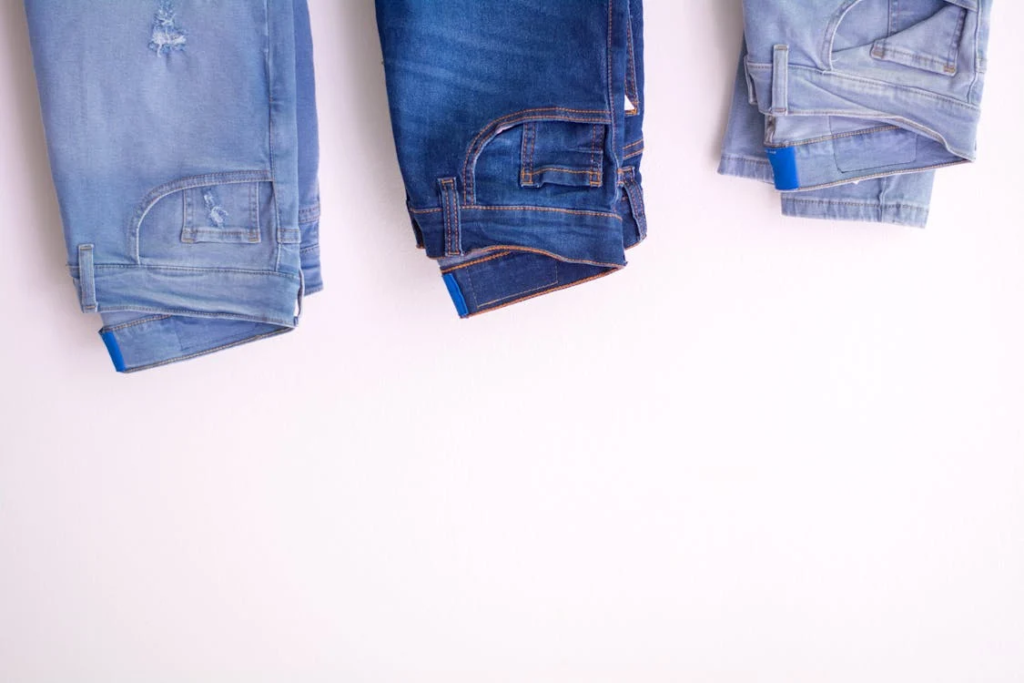
Those “someday” jeans might seem motivational. However, they’re doing more harm than good. “These ill-fitting items can serve as a demotivator,” experts explain. “Glancing at the pair of jeans every time you enter your closet can send the wrong internal message, reminding you of unmet goals.” Moreover, Many organizing professionals share this view. “You deserve clothes that fit your body and make you feel good. Stop shaming yourself and let go of the clothes that no longer fit you.”
4. High-Maintenance Items
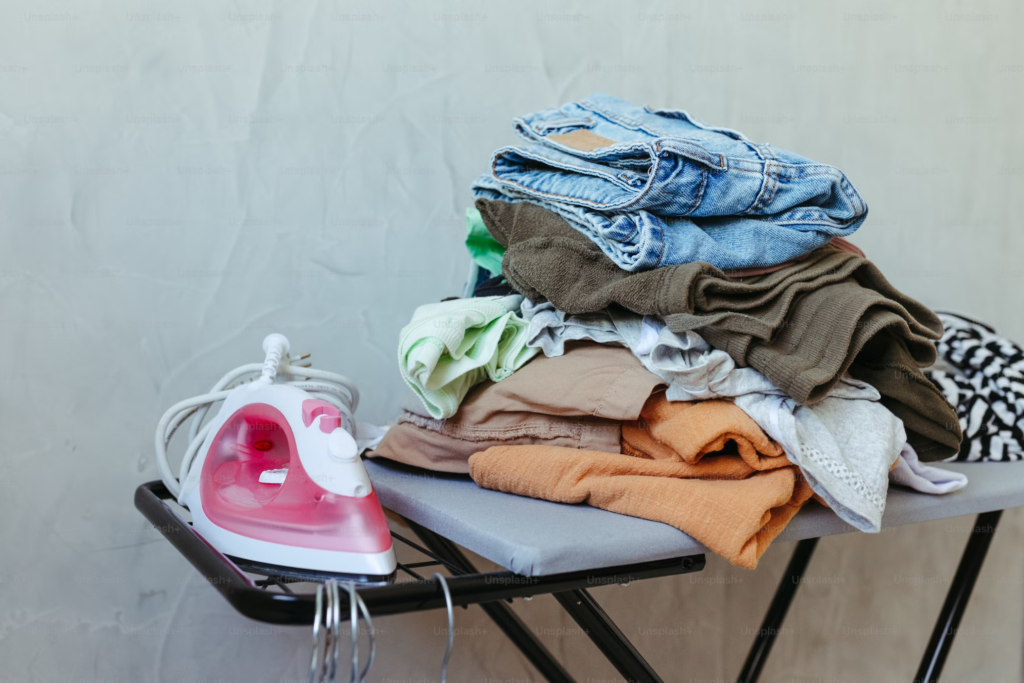
Be honest about your lifestyle and habits. One organizing expert recommends removing items that require excessive upkeep: “Get rid of it and consider buying clothing that doesn’t easily wrinkle!” Another professional in the field adds, “If you’re not an ironer, don’t buy or keep anything that requires ironing before each wear. You’ll get more use out of the clothing you do have, and your mornings will be less stressful.”
5. Items Awaiting Repair
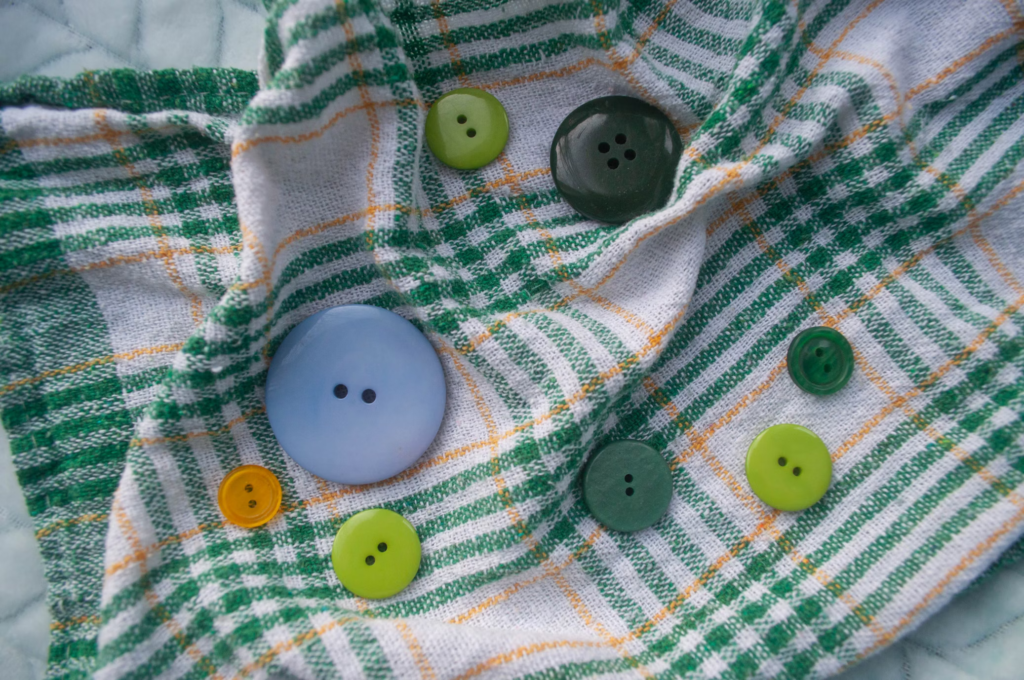
That pile of clothes waiting to be fixed? If they’ve been sitting there for months, they’ll likely continue collecting dust. “If you have items that are damaged and you haven’t worn them or attempted to get them repaired, this is a good place to purge,” suggests a seasoned organizer. Home organization research supports this view. “You probably don’t need that item as badly as you thought you did if it goes unworn for any length of time.”
Read More: Want To Become a Minimalist Family? Here’s 40+ Things You Don’t Need to Buy
6. Excess Sentimental Items
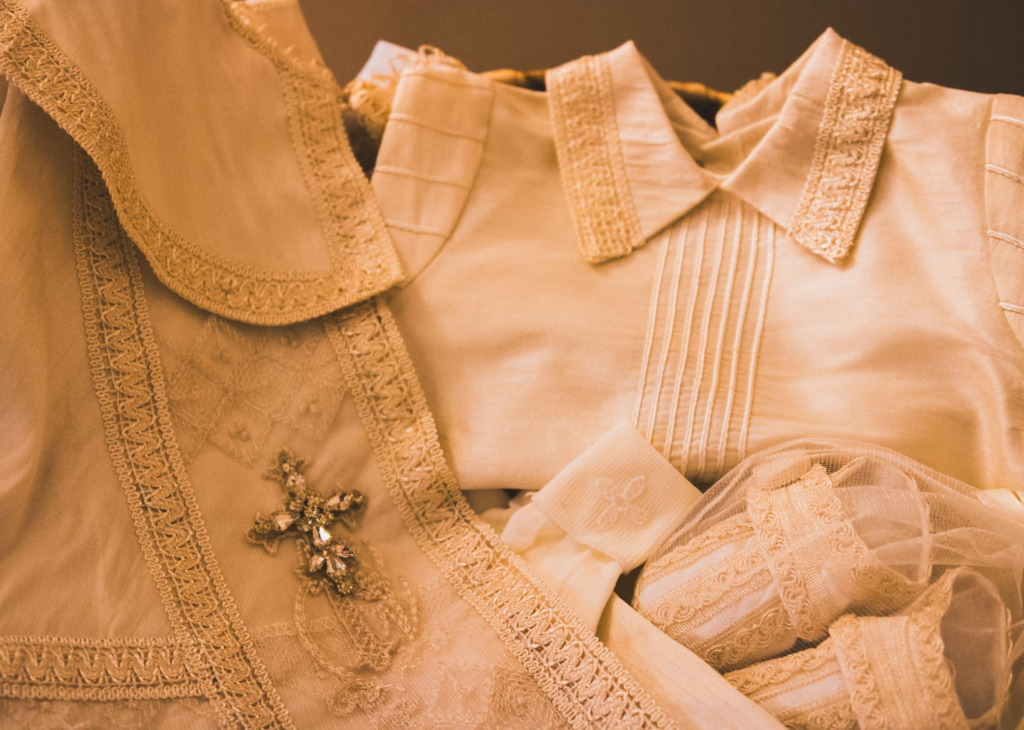
Keeping a few meaningful pieces is nice. Nevertheless, holding onto everything with an emotional attachment creates clutter. One decluttering specialist puts it clearly: “It’s great to keep a college tee but a pile of 15 that won’t fit in the closet may call for a good declutter. If everything is special, nothing is special.”
7. Seasonal Overflow
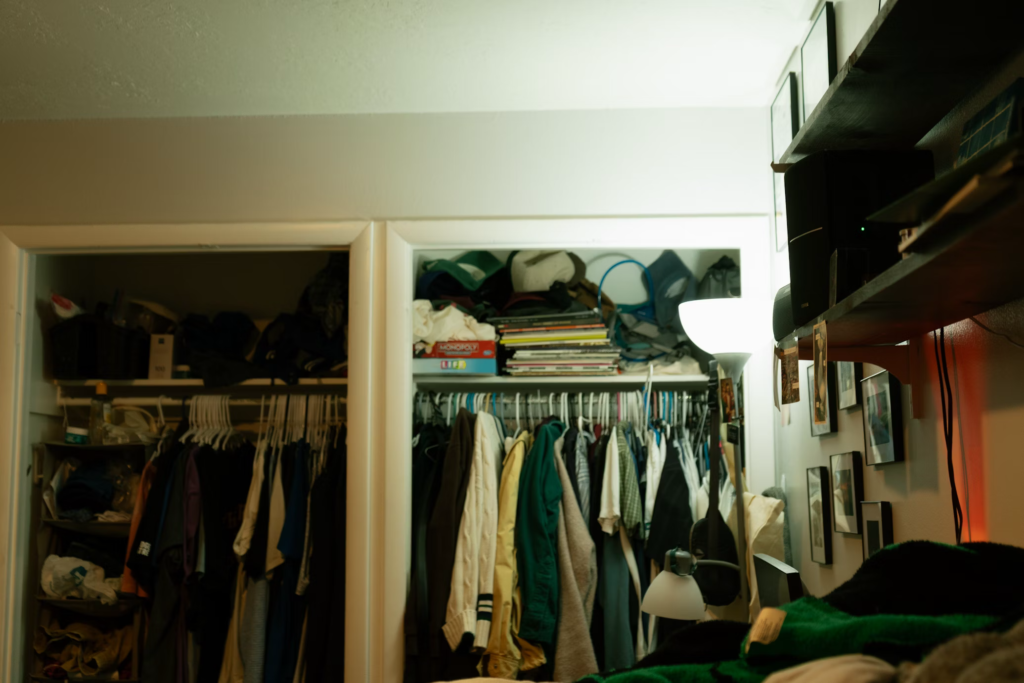
Seasonal items accumulate without us noticing. “This is a category that grows each season and is rarely addressed because we only use the items six months out of the year,” explains a closet organization expert. “Each season you pull them out, declutter!” When deciding what seasonal items to keep, ask yourself: How often did you wear them last season? Do they still fit your current style?
8. Excess Footwear
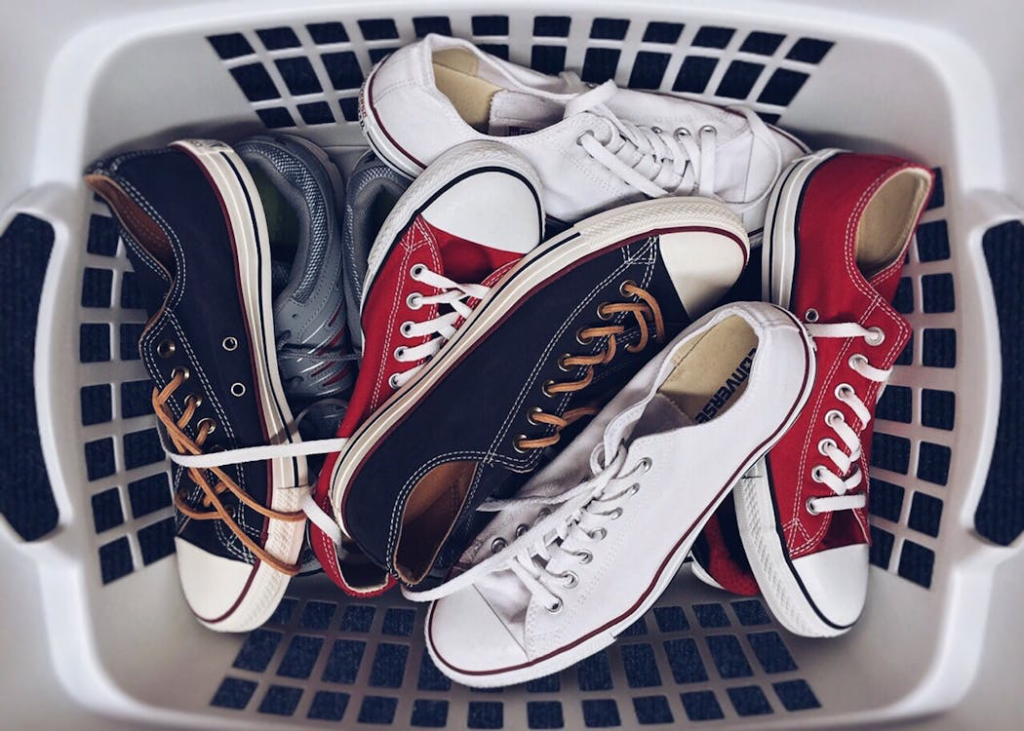
Shoes take up significant space. They often go unworn for various reasons. However, Storage specialists recommend “save precious space for the items that serve you and toss old shoes that no longer fit your feet or style.” Keep your favorite footwear. Invest in quality organizers. Moreover, once you’ve edited your collection, consider using a space-saving shoe organizer to protect and display your remaining pairs.
9. Formal Wear You Won’t Reuse
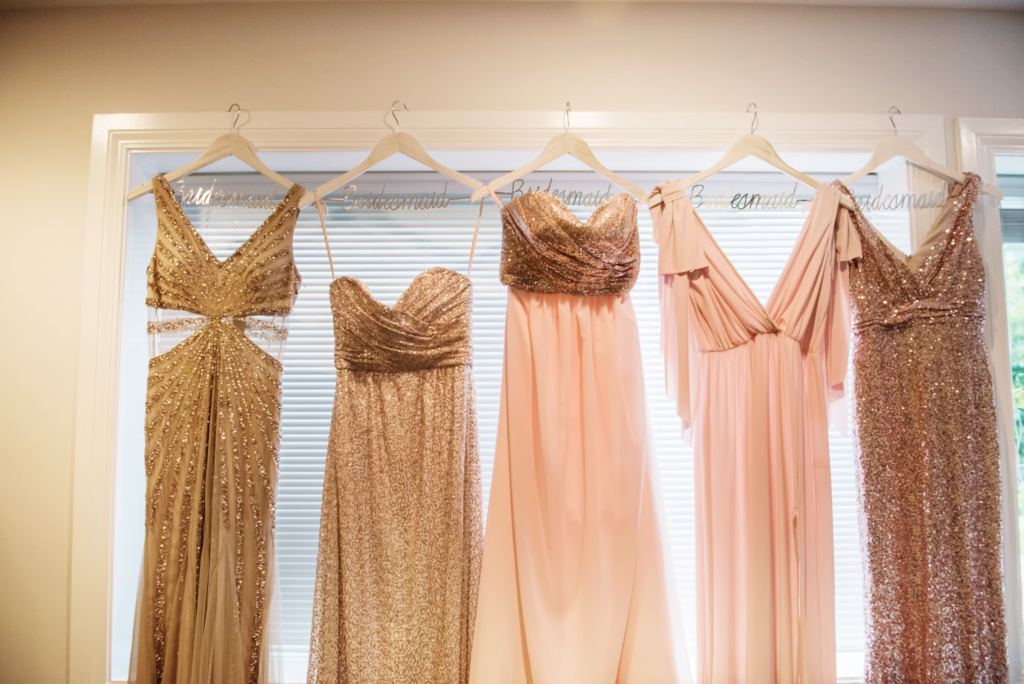
Fancy gowns and formal attire often sit untouched for years. “They are expensive, take up a lot of space, and most of us are not pulling a Kate Middleton and having them reworked for multiple occasions,” notes a respected organizer. Instead, consider donating these pieces or selling them on consignment. Additionally, you might even be able to get some money back by selling these items at a secondhand store.
10. Misplaced Items
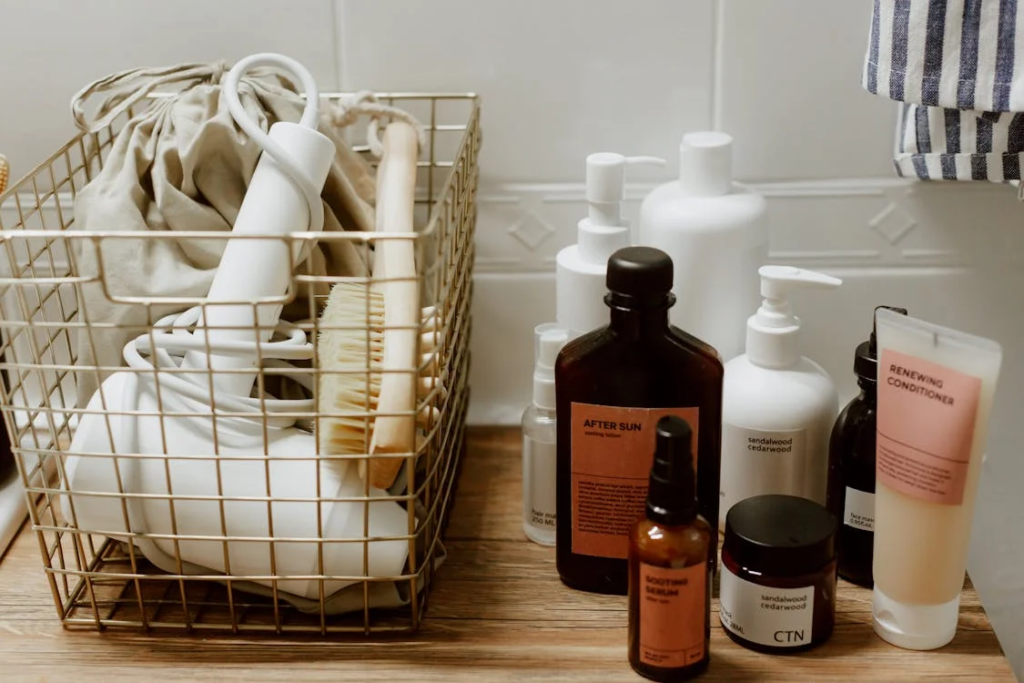
Your closet isn’t a catchall for everything. Organization research indicates that unless you have ample space, “beauty products are best suited for the bathroom,” not your closet. Return misplaced items to their proper locations. As a result, your closet will become more streamlined and purposeful when you relocate these misplaced items to their appropriate homes.
11. Free Promotional Items

Those free t-shirts multiply quickly. Events, races, promotions: they take over drawers fast. “Those free T-shirts from events that you never wear can pile up,” warn organization experts. These items become clutter because we feel obligated to keep them. Recycle them. Donate them. Clear that precious closet space.
12. Poor Quality Hangers
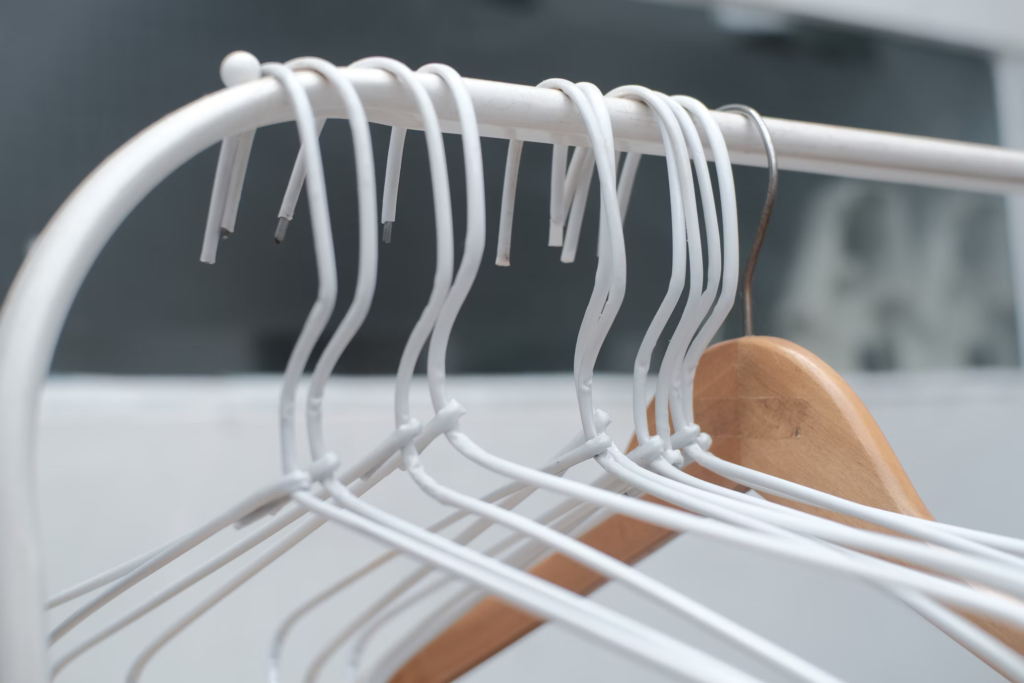
Even your organizing tools need evaluation. “Keep only the amount you need,” advise storage professionals about hangers. Surprisingly, Research shows wire hangers can damage clothing over time. However, investing in quality hangers now will help preserve your favorite clothing items for years to come, hence saving you money on replacements in the long run.
Making the Process Manageable
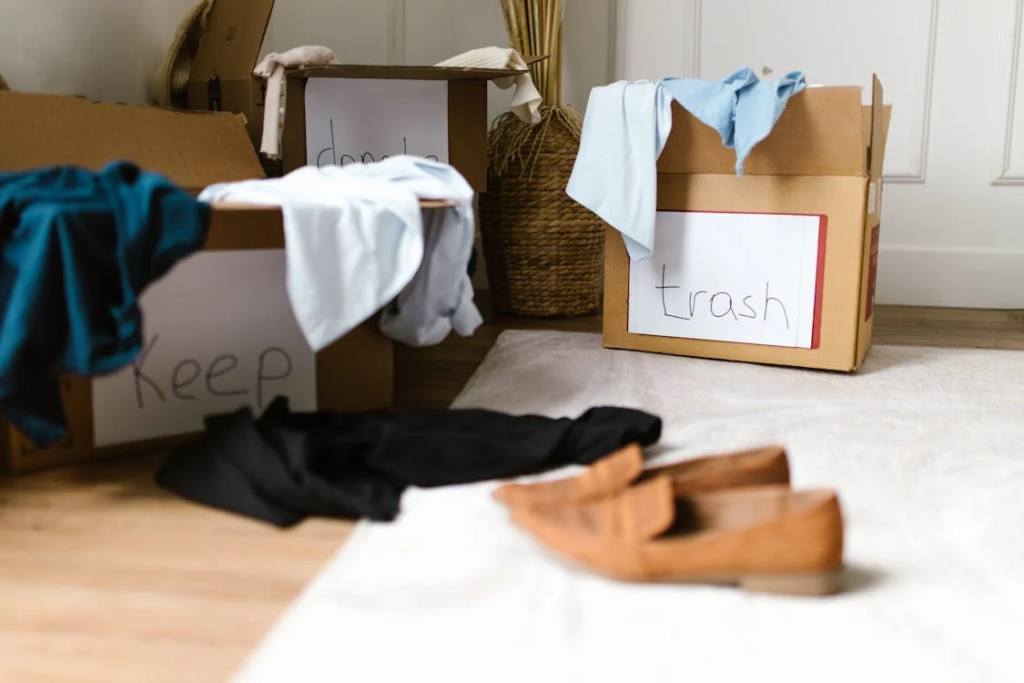
Experts suggest decluttering one category at a time: “It’s easier to make decisions when you see how many black leggings or old t-shirts you have.” Finally, remember that decluttering isn’t a one-time event but rather an ongoing process. Therefore, consider scheduling seasonal reviews to maintain your newly organized closet and prevent clutter from building up again.
Read More: 50+ Home Hacks Our Great Grandparents Used That Are Just As Brilliant Today

